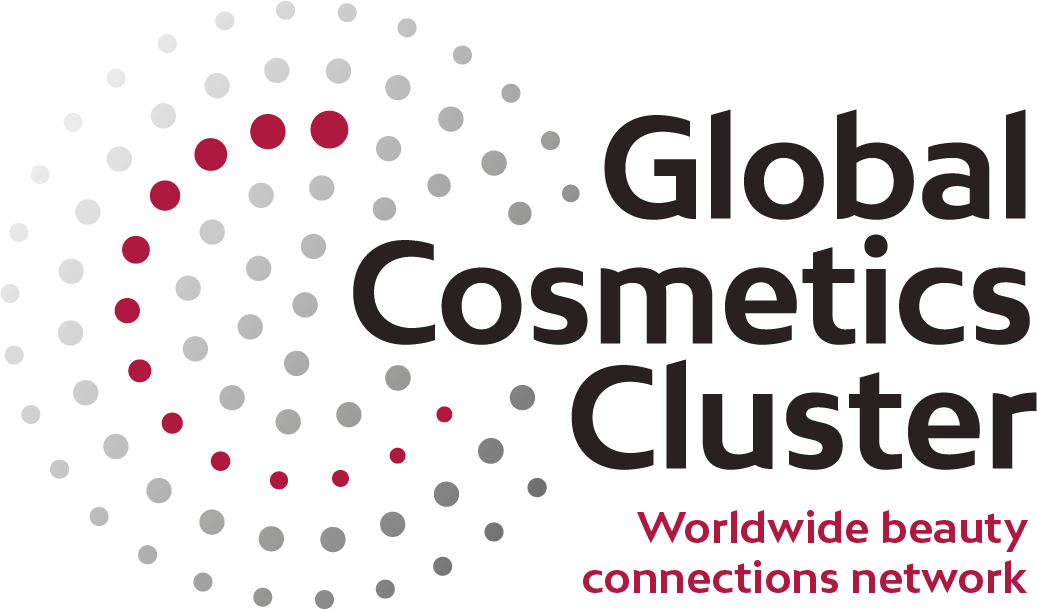Cluster Management Webinar
Clusters are a great way to connect industry members to innovation, research, and new opportunities. Clusters can work on a regional, national and global scale. There is an immense value for companies to partner across the supply chain in a single industry. It helps promote growth and support newer businesses. Global Cosmetics Cluster will be hosting a webinar on March 25th, at 2 pm (European Standard Time). Read below for a preview of the webinar contents.
Functional triangle of Cluster Management [1]
This illustrations points to the standard triangle of a cluster managed that includes services, promotion of a region, and implementation of cluster policy. The structuring of the cluster is imperative for its success. Is this relevant to modern day cluster management? Is this a model that might work in some countries and not others? Most clusters have a focus, a framework to help guide the Cluster to achieve its various goals. To succeed in a cluster a good cluster team is essential. The biggest challenge to cluster management is employees. Most clusters struggle with funds so they rely on voluntary employees. This can seems like a great and practical idea in theory. In reality, voluntary employees will always be pulled away from the cluster to focus on their original jobs. This makes sense, we all must work to pay the bills. Many positions are being merged as companies try to save money. This is leading to employees working more than ever. The work-from-home balance is also difficult to manage. Discussing realistic timing obligations is the first step towards success in a cluster. A good balance between the volunteer team and cluster employees is critical to getting projects completed.
The 2nd most common challenge that most clusters face is the challenge of funding. Finding access to funds can differ greatly depending on the region and country. European and Asian clusters have a prosperous history of support from governments. North American Cluster have traditionally struggled with the cluster concept. The competitive and individualistic nature of business in North America makes cluster participation a challenge. After the pandemic, there seems to be massive cuts in many governments around the world. Now is the time that clusters must become self-sufficient. What do clusters do when there is no funding? There needs to be a balance between collecting reasonable membership fees, implementing a range of useful services, and organizing events that service cluster members. A cluster needs to be run like a business with a solid financial plan with various revenue streams. You cannot survive long-term and support companies if you have no money to grow the cluster.
A core part of any cluster is the management of its members. Cluster members want value, support, and opportunities. People are getting weary of organizations that promise the world and do little once the membership fee is collected. Clusters must work hard to adjust their framework to suit the growing and changing needs of the industry.
Resources : [1] Terstriep, Judith & Rehfeld, Dieter. (2013). Cluster Policy Recommendations : Lessons learned from NICE

